Formula and development roadmap
Currently, the global semiconductor industry is undergoing major changes and adjustments, with new trends emerging, creating opportunities to promote self-reliance and develop national semiconductor manufacturing capacity.
Meanwhile, Vietnam has geopolitical and human advantages in the semiconductor industry. This is an opportunity for Vietnam to participate more deeply in the supply chain of the global semiconductor industry.
In that context, the Strategy for developing Vietnam's semiconductor industry to 2030 and vision to 2050 has just been issued by the Prime Minister, outlining the path for developing Vietnam's semiconductor industry from now until 2030, with a vision to 2050, according to the formula C = SET + 1 .
In which: C – semiconductor chip; S – Specialized (specialized, specialized chip); E – electronics (electronics, electronics industry); T – talent (talent, human resources); + 1 – Vietnam is a safe new destination for the global supply chain of the semiconductor industry.
Prime Minister Pham Minh Chinh, Head of the National Steering Committee for Semiconductor Industry Development. Photo: VPG/Nhat Bac
According to the semiconductor industry development strategy recently issued by the Prime Minister, Vietnam aims to develop the semiconductor industry until 2030 and vision to 2050 according to a 3-phase roadmap.
Phase 1 (2024 – 2030): Taking advantage of geopolitical advantages, human resources in the semiconductor industry, selectively attracting FDI, developing into one of the global semiconductor human resource centers, forming basic capacity in all stages from research, design, production, packaging and testing of the semiconductor industry.
During this period, the Government aims to selectively attract FDI investment, establish at least 100 design enterprises, 1 small-scale semiconductor chip manufacturing factory and 10 semiconductor product packaging and testing factories, and develop a number of specialized semiconductor products in a number of industries and fields.
The scale of semiconductor industry revenue in Vietnam will reach over 25 billion USD/year, the added value in Vietnam will reach 10-15%, at the same time, the human resources of the semiconductor industry will reach over 50,000 engineers and bachelors with appropriate structure and quantity, meeting development needs.
Phase 2 (2030 – 2040): Become one of the global centers of semiconductor and electronics industry; develop semiconductor and electronics industry combining self-reliance and FDI.
The development of the semiconductor industry combines self-reliance and FDI, forming at least 200 design enterprises, 2 semiconductor chip manufacturing factories, 15 semiconductor product packaging and testing factories, gradually becoming self-sufficient in design technology and manufacturing specialized semiconductor products.
The scale of semiconductor industry revenue in Vietnam reaches over 50 billion USD/year, the added value in Vietnam reaches 15-20%; at the same time, the human resources of the semiconductor industry reach over 100,000 engineers and bachelors with appropriate structure and quantity, meeting development needs.
Phase 3 (2040 – 2050): Become a country among the world's leading countries in the semiconductor and electronics industry; master research and development in the fields of semiconductors and electronics.
The government aims for the domestic semiconductor industry to have at least 300 design enterprises, 3 semiconductor chip manufacturing plants, 20 semiconductor product packaging and testing plants, and to master research and development in the semiconductor field.
The scale of the semiconductor industry's revenue in Vietnam reaches over 100 billion USD/year, the added value in Vietnam reaches 20-25%; at the same time, the human resources of the Vietnamese semiconductor industry have a suitable structure and quantity, meeting the development needs.
Perfecting the Vietnamese semiconductor industrial ecosystem to be self-sufficient and have leading capacity in some stages and segments of the production chain.
5 tasks with solutions
To achieve the set goals, the Vietnam Semiconductor Industry Development Strategy to 2030 and Vision to 2050 also clearly states the tasks and implementation solutions.
1. Development of specialized chips
Research and develop core technology, new generation breakthrough specialized chip products through investment in core technology research centers on semiconductors, focusing on areas such as AI chips, IoT chips; have a support mechanism to share and use some laboratory infrastructure and research facilities; expand research and development, technology transfer at the national level, research institutes, universities, and enterprises in the semiconductor field.
Developing the domestic semiconductor industry ecosystem, connecting with the semiconductor industry ecosystem of strategic partners; building a shared platform and tools to serve creative startups, training experts, designing and developing semiconductor chips; promoting the development and use of specialized chips in a number of industries and fields: high-tech agriculture, automation industry, consumer electronics, digital transformation industry, etc.
Develop preferential mechanisms, investment support, and special state finance to invest in the construction of a small-scale, high-tech semiconductor chip manufacturing factory to serve the needs of semiconductor chip research, design, and production.
Support businesses and research and training facilities to order semiconductor chip production according to the centralized model (Multi Project Wafer) to save time and manufacturing costs, and encourage research projects and startups in the semiconductor field.
2. Development of Electronics Industry
Focus on allocating resources to research and development of electronic devices with a focus on new generation electronic devices integrating specialized chips and AI chips.
There is a policy of prioritizing the use of the state budget to purchase domestic electronic equipment to promote and develop the electronics industrial market.
Support and promote large domestic corporations and enterprises to produce new generation electronic equipment towards developing into multinational enterprises, enhancing global competitiveness and developing international markets; have incentive mechanisms to encourage digital technology enterprises to expand into investment and production of new generation electronic equipment; support creative start-up activities in the fields of semiconductors and electronics.
Developing an ecosystem of supporting industries, promoting technology transfer, promoting joint ventures and partnerships with foreign enterprises to serve the production of new generation of specialized and civil electronic equipment.
Support and promote Vietnamese semiconductor and electronics enterprises to participate in the National Brand Development Program, targeting domestic, regional and international markets; promote trade and investment in the semiconductor and electronics industry in key markets; select a number of semiconductor and electronics products for the National Product Development Program.
3. Developing human resources and attracting talent in the semiconductor field
Develop and implement the Project on human resource development for the semiconductor industry to 2030, with a vision to 2050. Focus on and prioritize retraining, advanced training, and transitional training from the abundant available human resources of electronics, telecommunications, information technology, and digital technology engineers, along with the advantage of human resources with STEM capacity based on forecasts, long-term vision, and close adherence to market demand.
Students attend a short-term training course for students and lecturers on semiconductor microchips in Da Nang. Photo: Vietnam-Korea University of Information Technology and Communications
Provide financial support for training activities, curriculum development and research at university and postgraduate levels; invest in and purchase modern equipment for training facilities and research institutes; develop data centers and supercomputer systems to serve research, training and development activities in the fields of semiconductors, electronics and new digital technologies such as artificial intelligence, cloud computing, etc.
Develop breakthrough mechanisms and policies to attract and nurture talents and world-leading senior experts in the fields of semiconductors and electronics at home and abroad; connect leading domestic and international experts, especially Vietnamese experts working abroad, to form a Vietnam Innovation Network in the field of semiconductors.
National cooperation on human resource supply in the semiconductor field with some countries that are lacking human resources; promote the signing of commitments on human resource needs between training institutions and domestic and foreign semiconductor and electronics enterprises, to create output to ensure successful training.
4. Attracting investment in the semiconductor sector
Develop the highest incentive mechanism to selectively attract foreign investment projects with high technology content in the semiconductor and electronics industry from central and local budget sources; develop an administrative one-stop mechanism for investment projects in the semiconductor and electronics industry.
Research and establish an investment support fund to minimize the impact of global minimum income tax.
There is a policy of giving priority to foreign enterprises in the fields of semiconductors and electronics that conduct research and development activities in Vietnam, use Vietnamese supporting industries, and form joint ventures and associations with Vietnamese enterprises; creating favorable conditions for state-owned enterprises, private enterprises, large enterprises, small and medium-sized enterprises to form joint ventures with foreign enterprises in the fields of semiconductors and electronics.
Establish a green lane mechanism and other mechanisms to facilitate supporting enterprises, enterprises importing and exporting goods, raw materials, supplies, and components related to the semiconductor industry, new generation of specialized and civil electronic equipment.
Invest in developing digital infrastructure, electricity infrastructure, water supply and drainage infrastructure, apply electricity and water price support mechanisms to meet the requirements of semiconductor and electronic equipment factories in planned areas; prioritize the development of renewable energy and green energy to serve the semiconductor and electronics industries.
5. Some other tasks and solutions
Establish the National Steering Committee for the Development of the Semiconductor Industry (Steering Committee), headed by the Prime Minister. The Steering Committee is an inter-sectoral coordination organization, with the function of assisting the Government and the Prime Minister in researching, directing, and coordinating the resolution of important, inter-sectoral tasks related to promoting the development of the semiconductor industry in Vietnam. Establish the Semiconductor Industry Expert Advisory Group (Expert Group). The Expert Group is an independent, professional, strategic advisory and consulting body, aiming to provide in-depth knowledge and analysis on expertise to advise and assist the Steering Committee and the Prime Minister in directing and orienting the development of the semiconductor industry in Vietnam. The Expert Group is headed by the Minister of Information and Communications. The Expert Group consists of representatives of associations, unions, enterprises, research and training institutions, and leading experts in the semiconductor field.
Develop/Apply the system of Vietnamese technical standards and regulations (TCVN/QCVN) to improve the quality of semiconductor and electronic products; establish and recognize a system of quality assessment organizations, testing and inspection centers for semiconductor and electronic products and services.
Add a spending item for research and development, manufacturing, and production of new generation semiconductor products and consumer and specialized electronic equipment in Vietnam from the National Science and Technology Development Fund and the National Technology Innovation Fund.
Promote international cooperation to mobilize resources for the development of Vietnam's semiconductor and electronics industry; enhance the role of Vietnamese representative agencies abroad in promoting international cooperation in the semiconductor and electronics industry.
Develop regulations on exploitation, treatment, reuse and disposal of toxic waste in the process of resource exploitation, semiconductor and electronics production; improve environmental treatment capacity, ensure the exploitation of resource advantages while ensuring environmental safety; prioritize promoting green production projects in the semiconductor sector, saving energy, resources and protecting the environment.
Vietnamnet.vn
Source: https://vietnamnet.vn/thu-tuong-ban-hanh-chien-luoc-phat-trien-cong-nghiep-ban-dan-viet-nam-2324692.html


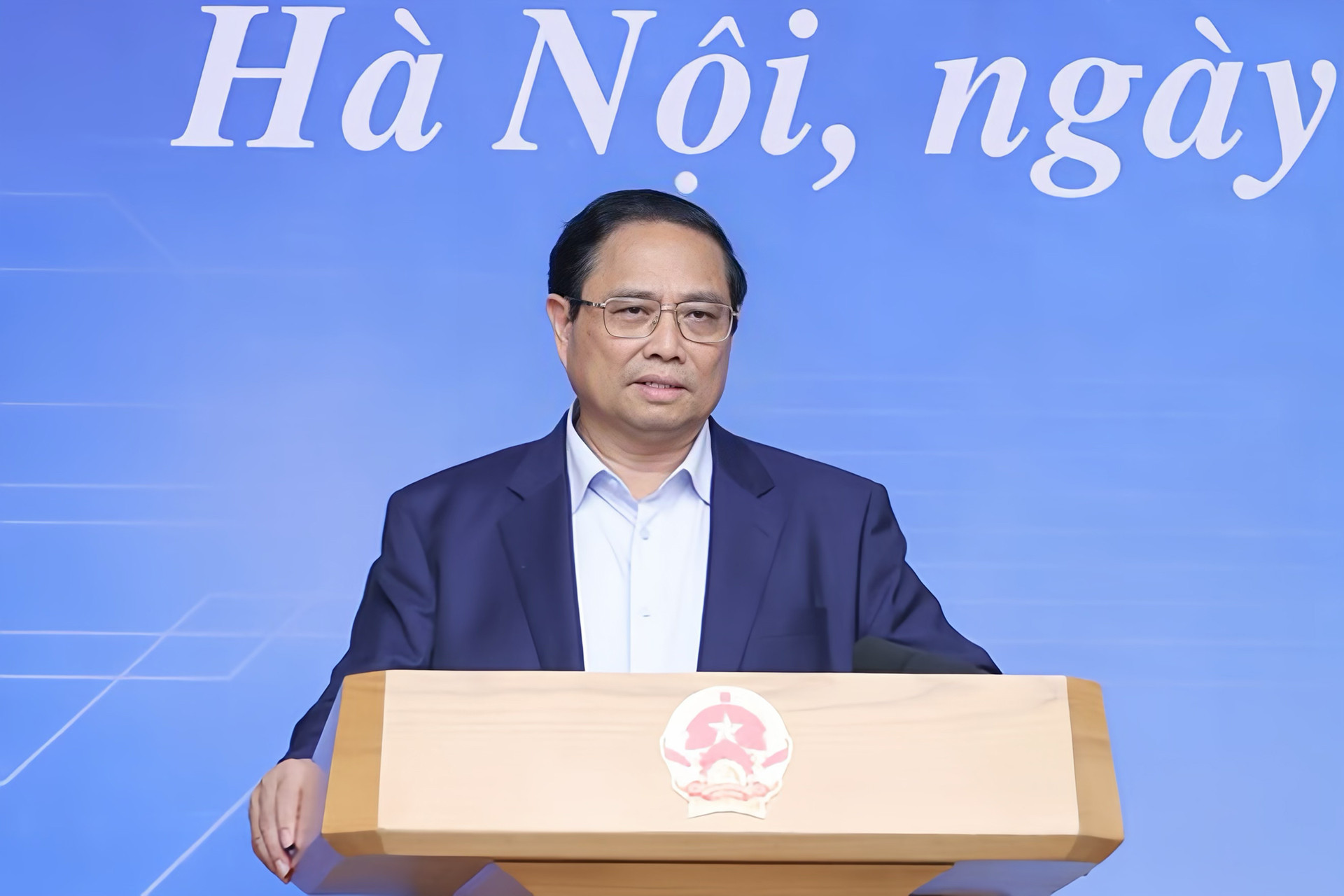
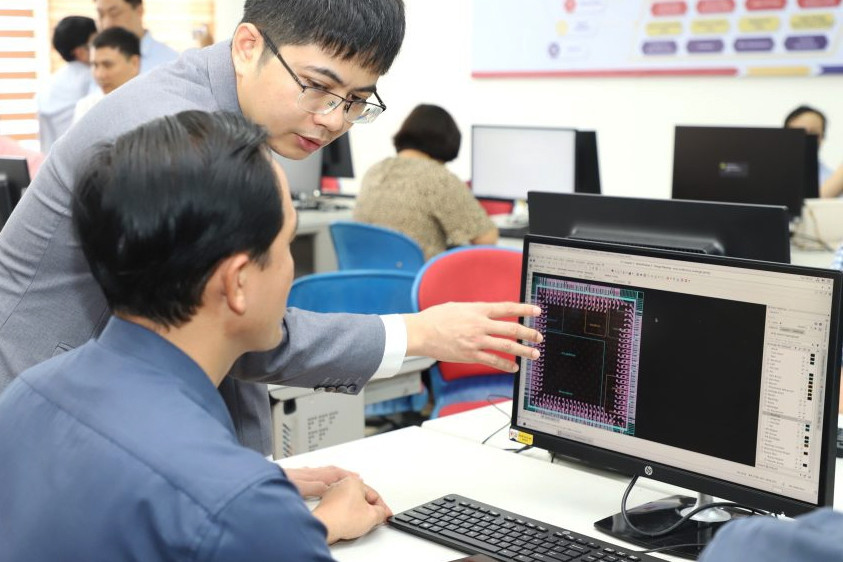
![[Photo] The moment Harry Kane lifted the Bundesliga trophy for the first time](https://vphoto.vietnam.vn/thumb/1200x675/vietnam/resource/IMAGE/2025/5/11/68e4a433c079457b9e84dd4b9fa694fe)

![[Photo] Prime Minister Pham Minh Chinh chairs the fourth meeting of the Steering Committee for Eliminating Temporary and Dilapidated Houses](https://vphoto.vietnam.vn/thumb/1200x675/vietnam/resource/IMAGE/2025/5/11/e64c18fd03984747ba213053c9bf5c5a)
![[Photo] National Assembly Chairman works with leaders of Can Tho city, Hau Giang and Soc Trang provinces](https://vphoto.vietnam.vn/thumb/1200x675/vietnam/resource/IMAGE/2025/5/11/c40b0aead4bd43c8ba1f48d2de40720e)










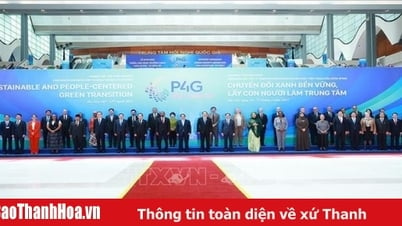
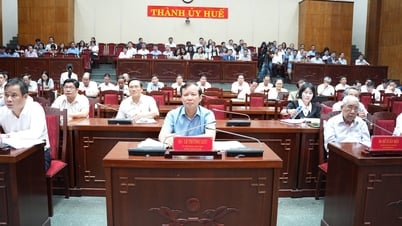






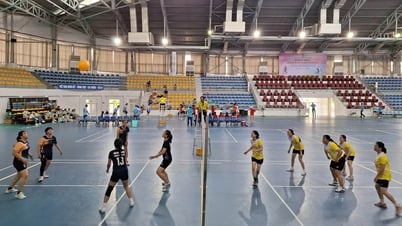





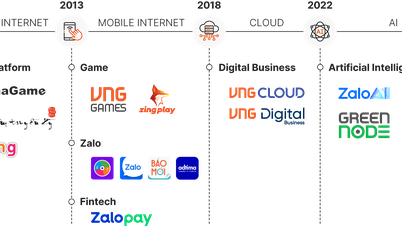
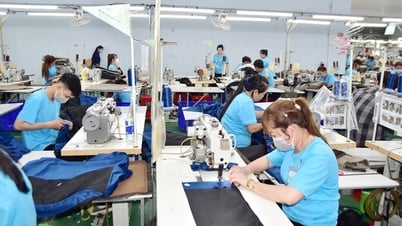


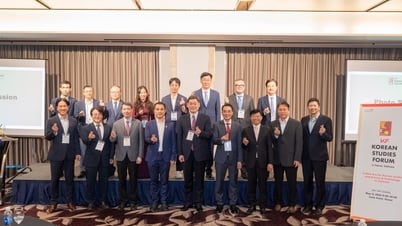


































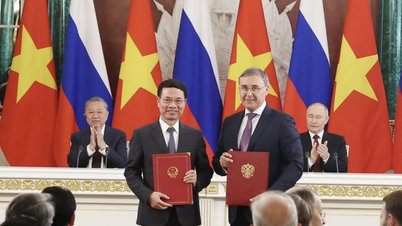

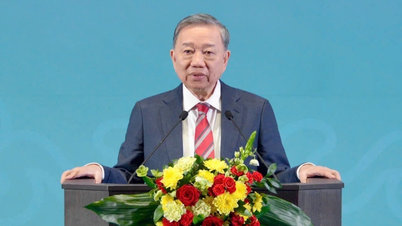










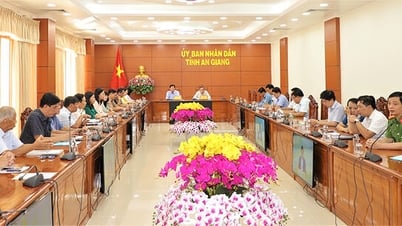


















Comment (0)